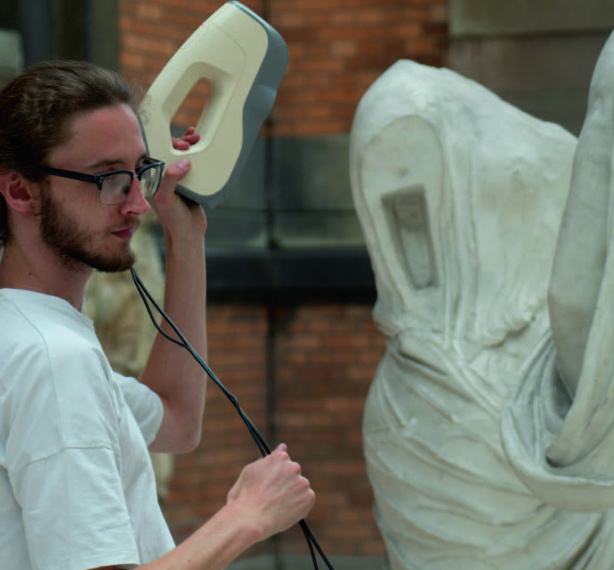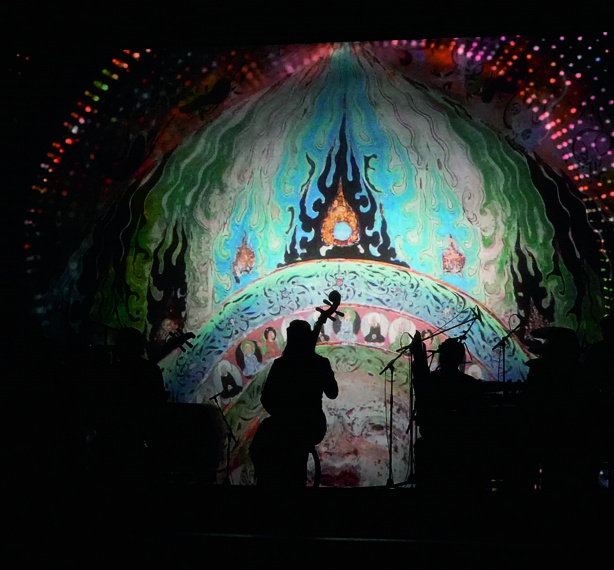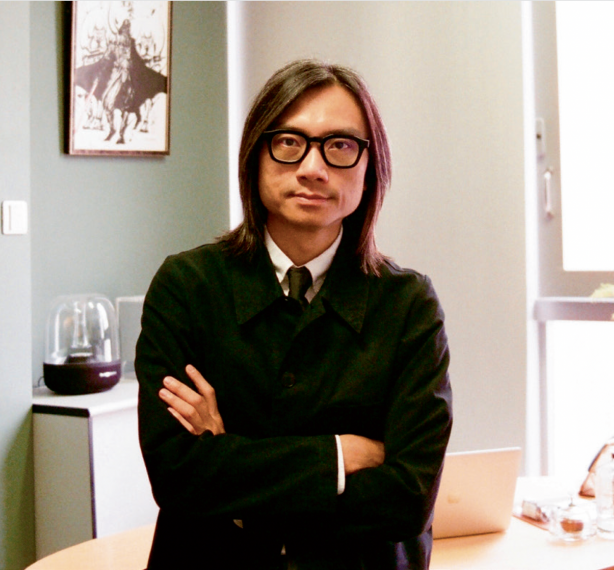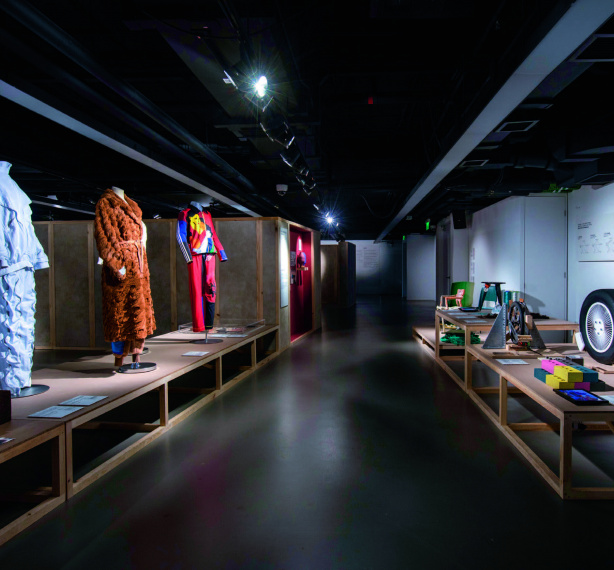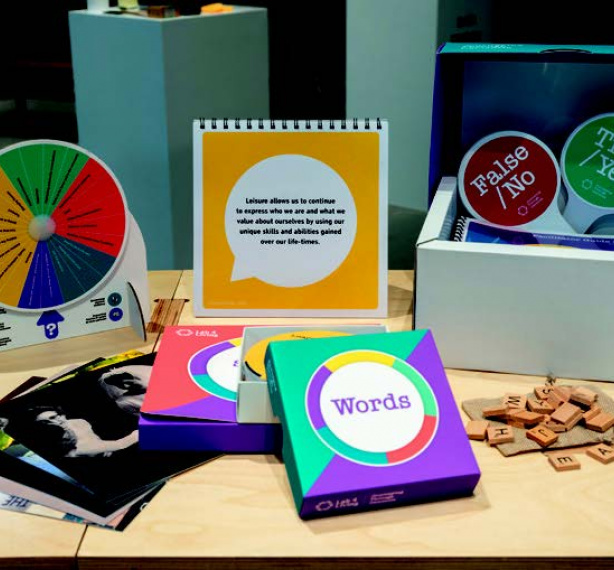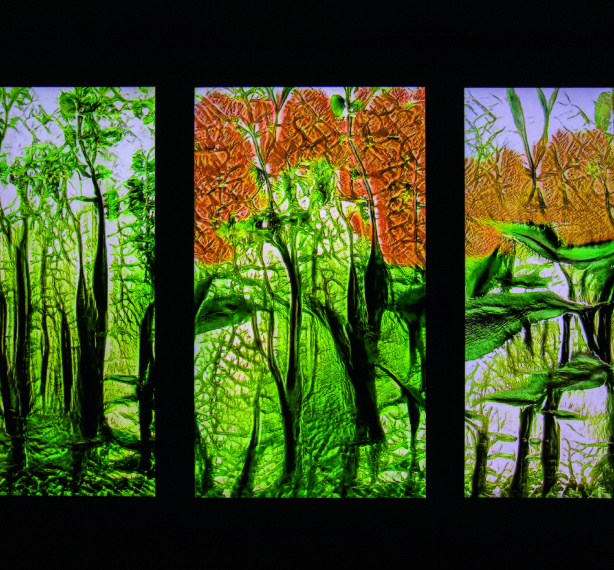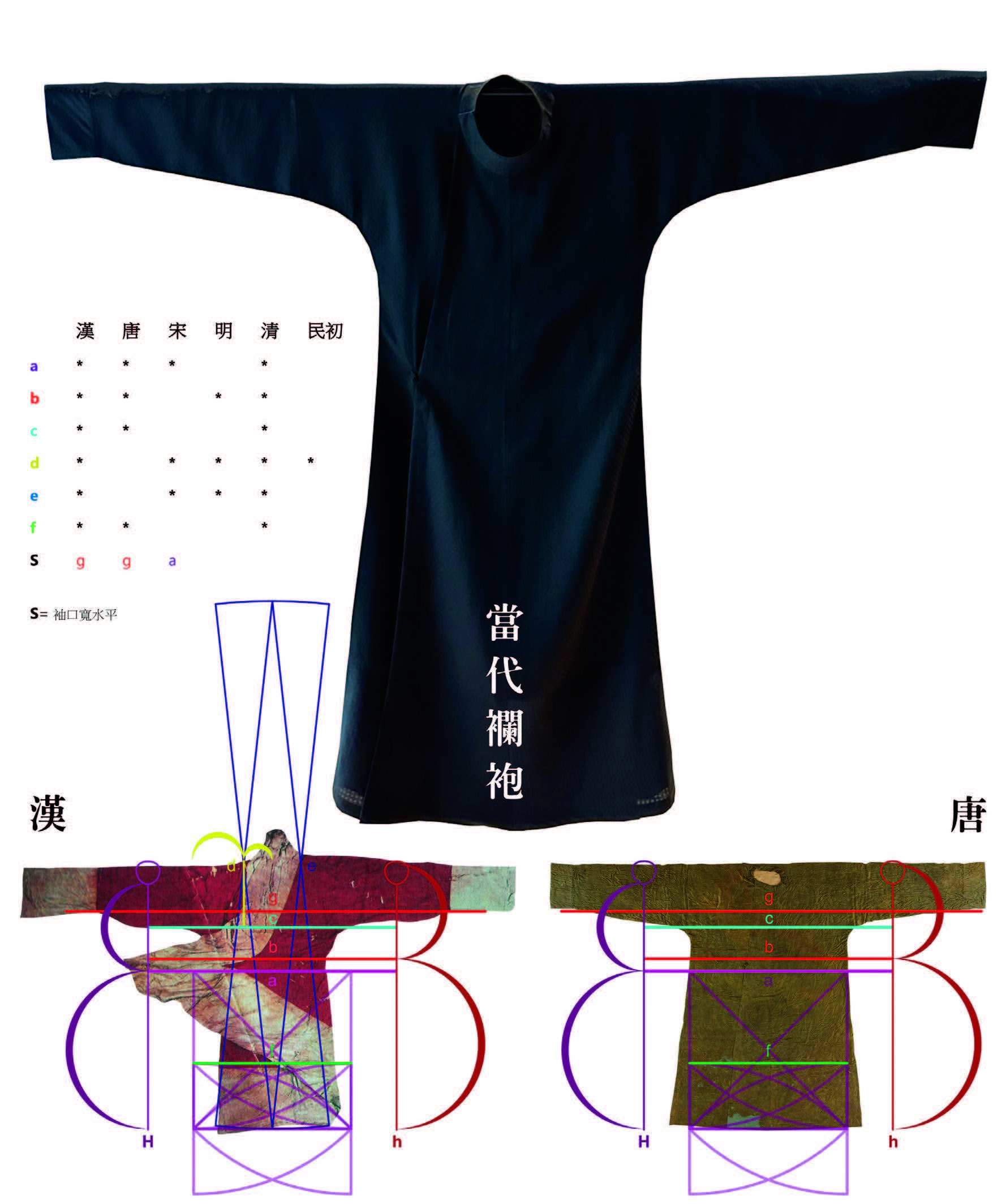
|
In Chinese traditions, the clothing system under Confucian rites and etiquettes is a symbol of civilisation, which is best represented by the formal attires of the royals and dignitaries. However, such tradition has faded with the succession of dynasties and the evolution of history. Very often, any residual legacy is only retained verbally by folk artisans. Chinese people do have a few more national costumes. The "Zhongshan suit" (or Mao suit) came from a Japanese imitation of European military uniforms. The more popular derivative known as "Tang suit" (or Zhong suit) is somehow restricted to a certain format and rather lacking in depth. Herman Lee is doing what very few people would in this area. He is adopting a scientific approach and applying modern technology to uncover the origins and standards of the clothing civilisation that Chinese people are proud of.
Lee had received training in architecture and art from the New York Academy of Art and the Columbia University. He has also been an architect in Japan, the U.S. and the U.K. A few years ago, Lee set his architecture career aside and founded his studio "L'impression du temps". Using his distinguished coding and algorithm skills, he began venturing into creative artistic patterns. His creations later extended to fashion, jewellery and fabric design. His unique insight, in-depth research and recreation of Chinese formal wear is most remarkable. Lee has also published the series The soul of formal wear online, sharing every detail of his meticulous research.
Chinese formal wear has undergone millennia of evolution, but a historical rift was torn by the end of the Qing dynasty. Young intellectuals resisted traditions in the Republic era. They thought the country's backward development was dragged by the shackles of traditions, rather than a result of people's vague knowledge about the world. After more than a hundred years of colonisation, Hong Kong only has half-baked knowledge about Western classics or modern civilisation. The so-called conservation of cultural heritage is dressed up with local "creativity" to ensure it lives up to buzzwords such as "revitalised heritage", "innovative heritage", "tradition with a twist", etc. The century-long history of the evolution of formal wear has turned into an extended period of confusion.
Five hundred years ago during Renaissance, art was normalised and institutionalised in Europe. Art academies and museums were established to collect important documents and artefacts. Similarly, the legacy of Western clothing that has advanced with time has benefited from the extensive support of fashion brands, scholars and experts, and art-related institutes. Lee commented, "On the contrary, rich wives in ancient China preferred to have their clothes custom made by seamstresses. As a result, quality is dependent on the wearer's aesthetics and taste. Sadly, transmission of know-how was difficult as seamstresses were not usually highly educated. The situation is similar in architecture – the perpetuation of the culture cannot solely rely on renovators or bricklayers. The mission would be more suitably carried out by architects. I am trying to be an architect in passing down the culture of Chinese formal wear."
To map out a clear path of progression for ancient Chinese formal wear, Lee studied a massive number of historic writings and numerous private and museum clothing collections from various dynasties. He said, "We must master the constants of Chinese formal wear as these are the dominating elements. They are here to stay no matter what."
Speaking of the origins of Chinese formal wear, a passage from the Book of Rites, a Confucian classic, must not go unmentioned. It reads, "Anciently, shenyi was made with definite measurements, so as to satisfy the requirements of the compass and square, the line, the balance, and the steelyard." Shenyi is a form that had its earliest written records in the pre-Qin period. It traces back to the ancient period of Yu Shun and Xia Shang. Since Chinese formal wear originates from Confucian definitions, the same standards became the foundation for all theoretical texts written in subsequent dynasties. The rites and morals of the time were even ingrained into the details and finishings of clothing designs. The number of cloths, the lengths of the cuffs and front openings, for example, all carry symbolic significance in Confucian concepts. In fact, "guiju" (compass and square) was well explained in the Book of Rites. "Gui" is a compass for drawing circles; "ju" is the angle square. Together, they form the basis of what is known as geometry in the West. They used to be the standards of astrology. Consequently, moral values were added to these standards. In that sense, "guiju" sets out the subjective Confucian ideas that people must be taught to behave righteously. Subjective values, however, can be judged and defined in many ways by different people.
Lee believes in observation. In fact, people's views on the world, on their life, and on values all stemmed from observing nature and the universe. As such, astrology is interwoven in everything. In ancient times, Confucian scholars unilaterally equate the definite measurements of the compass and square, the line, the balance, and the steelyard to the virtues of justice, selflessness, righteousness and loyalty. To inquire into the aesthetics of the shenyi of Chinese formal wear, one should holistically look at the concepts of the human body in traditional Chinese and Western cultures, including the philosophies and theories of humanities and science. "Gui" (compass) sets the normal, which is perpendicular to the ground. The centre is where one stands, and it is where the world converges. "Ju" (square) sets out the vector along the normal of "gui"; it projects influence to the world at an angle. "Sheng" (line) forms two-dimensional geometry by connecting the centre point and the vector of the first dimension. It represents people's views and concepts about the universe, indicating the direction of a graph through the coordinates of the true north. "Quanheng" (balance and steelyard) refers to the size and layout of geometric shapes, which is akin to the musical arrangements of a symphony or the golden ratio of ancient art.
Chinese formal attires of different dynasties reflect not only a strict adherence to their cultural connotations, but also the zeitgeist of their time. In his quest to identify the design intent, as well as the connections with historic evolution, Lee realised much is worth learning about the formal wear of the ancient imperial court. This inspired him to revive Chinese formal wear, and his main task was to find out the intent of our ancestors, and to actualise what they could not achieve with modern technologies and materials.
Recently, Lee collaborated with Handmade by Royce and recreated a number of classic Chinese formal wear. The collection features cheongsam, magua and majia of Qing dynasty, as well as lanpao of Tang. Employing meticulous research, sophisticated and advanced computing technology, and exquisite tailoring techniques, he wishes to bring out the traditional cultural glamour of Chinese formal wear, which may have been forgotten. At the same time, conversion and improvement are also taking place. The lanpao of Tang, for example, was originally based on shenyi with very specific structural requirements. The form went out of shape because of the way it was passed down. Lee's recreation is not to casually modify the original, but to restore the looks that it was supposed to have.
He noted, "Tang fabrics were originally weaved with a diamond pattern, but the same fabric can no longer be made today. I, therefore, switched to western fabrics. As for the cheongsam of Qing dynasty, traditional sesame yarn is used; the black cloth for magua and majia comes from abroad. Quality is my only selection criteria. Besides, I am pursuing changes in designs, as well as structural improvement. Take the collar of our Tang lanpao as an example. The data of its shape is entered into and calculated by the computer to confirm its position and to ensure that it fits snuggly around the neck. The requisite is that you must know the intent of the design and the proportion of the cutting. Further support from computer coding and algorithms will lift it up to another level."
Similar to professional mountaineers pursuing to challenge the many peaks around the world, Lee is keen on recreating the base forms of traditional Chinese formal wear. In particular, he would like to recreate those that were never attempted by his predecessors. To prevent tangling with various unreasonable requirements or restraints, Lee has never been open to any cultural sponsorship since they are not easy to conform to. He felt fortunate that he is working at the right time, the right place and with the right people. Time wise, the current internet age has allowed him to conduct adequate research. Geographically, Hong Kong is an East-meets-West metropolitan close to the provenance of Chinese formal wear. As for people, he has been in close contact with many scholars and experts who are willing to share their knowledge and wisdom. These have empowered him to work solo, to shoulder on all difficulties, and to go on.
Lee said, "At major international events, Japanese and Koreans would appear in full national formal costumes. On the contrary, many Chinese are still wearing western suits. A country's costume is always a symbol of its soft power. When you walk onto the global stage, others are most interested about your ethnic culture. I aspire to create a Chinese formal costume that could connect our past and our future."
|


